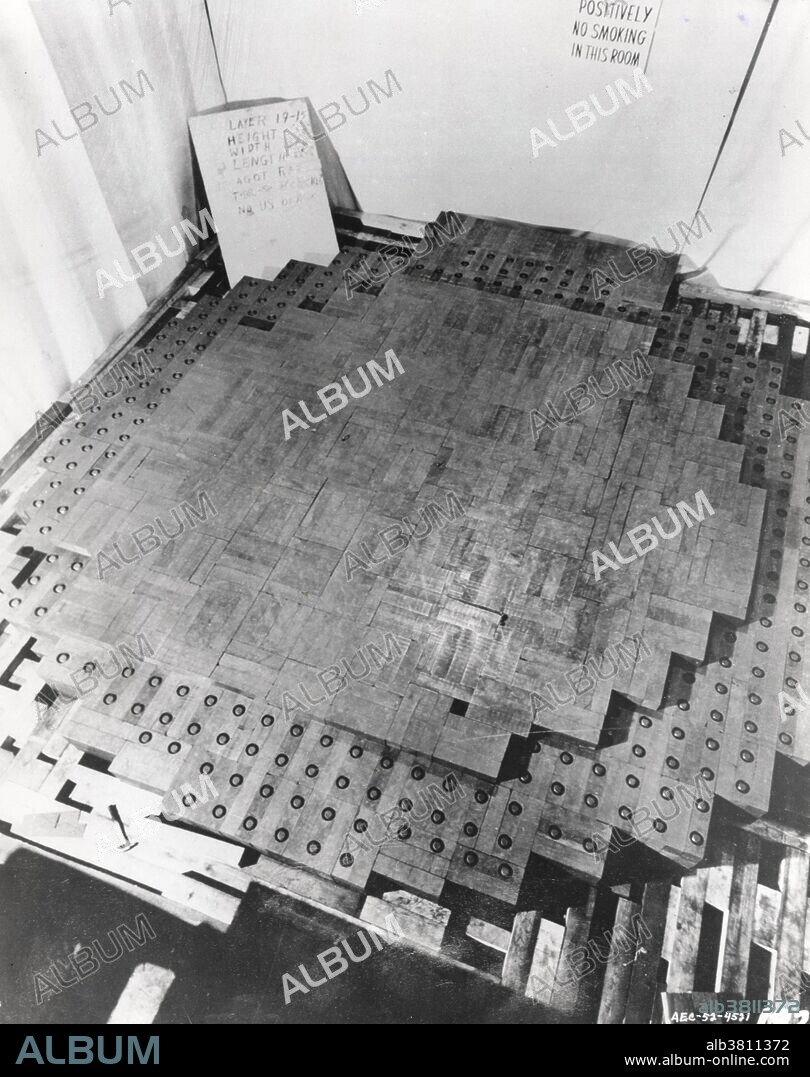alb3811372
Chicago Pile-1, 1942

|
Añadir a otro lightbox |
|
Añadir a otro lightbox |



¿Ya tienes cuenta? Iniciar sesión
¿No tienes cuenta? Regístrate
Compra esta imagen

Título:
Chicago Pile-1, 1942
Descripción:
Ver traducción automática
The reactor was a pile of uranium and graphite blocks, assembled under the supervision of the renowned physicist Enrico Fermi, in collaboration with Leó Szilárd, discoverer of the chain reaction. It contained a critical mass of fissile material, together with control rods, and was built as a part of the Manhattan Project by the University of Chicago Metallurgical Laboratory. Chicago Pile-1 (CP-1) was the world's first human-made nuclear reactor. CP-1 was built on a rackets court, under the abandoned west stands of the original Alonzo Stagg Field stadium, at the University of Chicago. The first self-sustaining nuclear chain reaction was initiated in CP-1 on December 2, 1942.
Crédito:
Album / Science Source / Los Alamos National Laboratory
Autorizaciones:
Modelo: No - Propiedad: No
¿Preguntas relacionadas con los derechos?
¿Preguntas relacionadas con los derechos?
Tamaño imagen:
3000 x 3791 px | 32.5 MB
Tamaño impresión:
25.4 x 32.1 cm | 10.0 x 12.6 in (300 dpi)
Palabras clave:
1942 • ACONTECIMIENTO • AMERICA • AMERICANO • ARMAS NUCLEARES • BLANCO Y NEGRO • BOMBA ATOMICA • BOMBA NUCLEAR • CHICAGO • CIENCIA • ESTADOS UNIDOS DE AMERICA • ESTADOS UNIDOS • FAMOSO • HISTORIA • HISTORICO • IMPORTANTE • INVESTIGACION • SIGLO XX • TECNOLOGÍA • TECNOLÓGICA
 Pinterest
Pinterest Twitter
Twitter Facebook
Facebook Copiar enlace
Copiar enlace Email
Email
